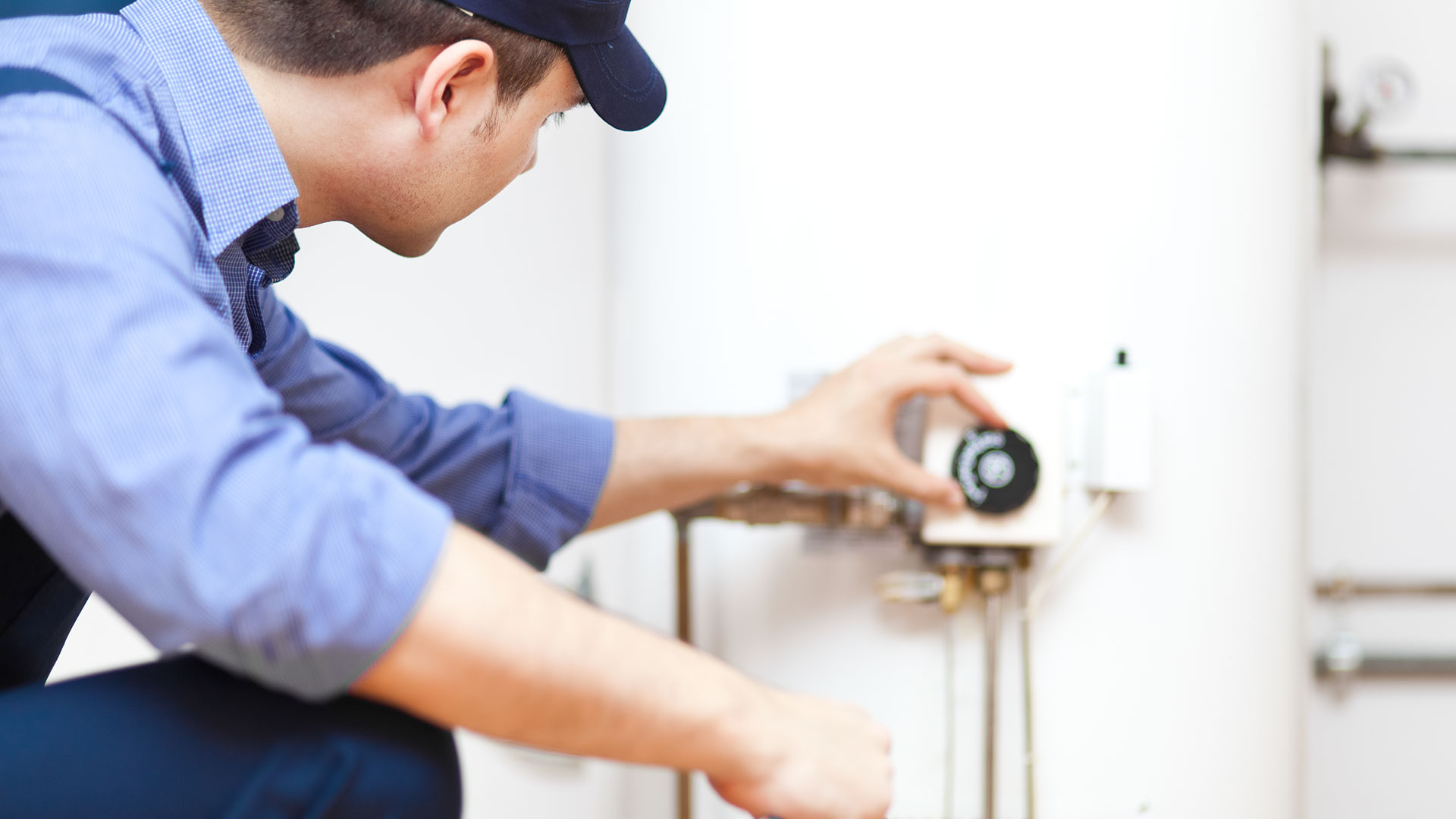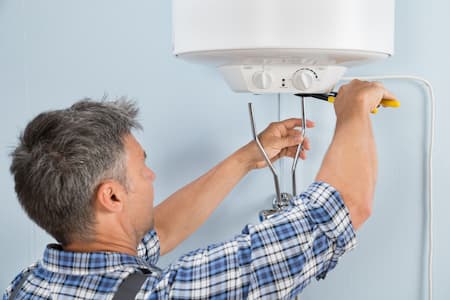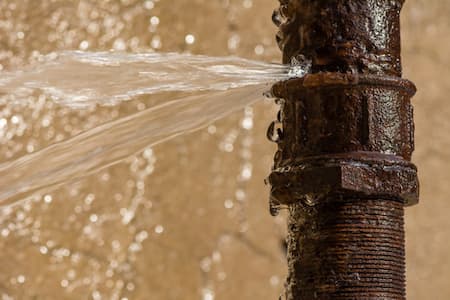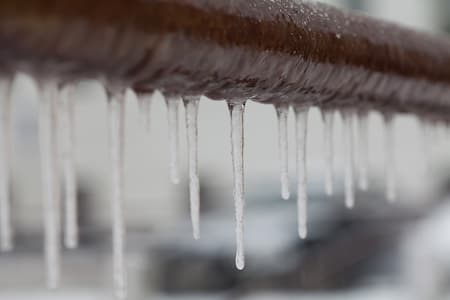Sizing a New Water Heater
A properly sized water heater will meet your Worcester household's hot water needs while operating more efficiently. Therefore, if you're looking at water heaters, it's important to make sure that you get the correct size.
Here you'll find information about how to size these systems:
- Demand-type water heaters
- Solar water heating system
- Storage and heat pump (with tank) water heaters.
For sizing combination water and space heating systems—including some heat pump systems, and indirect water heaters—consult a qualified plumbing services contractor.
If you haven't yet considered what type of water heater might be best for your home, you can learn more about selecting a new water heater. Best Deal Water Heaters is the name your friends and neighbors in Worcester trust for five-star plumbing services, including installation and maintenance services for water heaters. Get in touch with us today for more information about choosing the right water heater for your Worcester home!
Sizing Demand-Type Water Heaters
Demand-type water heaters are rated by the maximum temperature rise possible at a given flow rate. Therefore, to size a demand water heater, you need to determine the flow rate and the temperature rise you'll need for its application (whole house or a remote application, such as just a bathroom) in your Worcester home.
- List the number of hot water devices you expect to use at any one time.
- Add up their flow rates (gallons per minute). This is the desired flow rate you'll want for the demand water heater. For example, let's say you expect to simultaneously run a hot water faucet with a flow rate of 0.75 gallons (2.84 liters) per minute and a shower head with a flow rate of 2.5 gallons (9.46 liters) per minute.
- If you don't know the flow rate, estimate it by holding a pan or bucket under the faucet or shower head and measuring the flow for a minute. The flow rate through the demand water heater should be at least 3.25 gallons (12.3 liters) per minute. To reduce flow rates, install low-flow water fixtures.
- To determine the temperature rise, subtract the incoming water temperature from the desired output temperature. Unless you know otherwise, assume that the incoming water temperature is 50ºF (10ºC).
You can also estimate the temperature by holding a thermometer under a cold-water faucet. For most uses, you'll want your water heated to 120ºF (49ºC). In this example, you'd need a demand water heater that produces a temperature rise of 70ºF (39ºC) for most uses.
For dishwashers without internal heaters and other such applications, you might want your water heated at 140ºF (60ºC). In that case, you'll need a temperature rise of 90ºF (50ºC). Be cautious of a water temperature of 140ºF because it increases the possibility of scalding.
Most demand water heaters are rated for a variety of inlet temperatures. Typically, a 70ºF (39ºC) water temperature rise is possible at a flow rate of 5 gallons per minute through gas-fired demand water heaters and 2 gallons per minute through electric ones. Faster flow rates or cooler inlet temperatures can sometimes reduce the water temperature at the most distant faucet.
Some types of water heaters are thermostatically controlled; they can vary their output temperature according to the water flow rate and inlet temperature.
If you're looking for the best prices and service for water heaters in Worcester, call the pros at Best Deal Water Heaters today at 774-249-9581 to request water heater installation and plumbing services!
Sizing a Solar Water Heating System
Sizing your solar water heating system basically involves determining the total collector area and the storage volume you'll need to meet 90%-100% of your household's hot water needs during the summer. Solar system contractors use worksheets and computer programs to help determine system requirements and collector sizing.
Collector Area
Contractors usually follow a guideline of around 20 square feet (2 square meters) of collector area for each of the first two family members. For every additional person, add 8 square feet (0.7 square meters) if you live in the U.S. Sun Belt area or 12-14 square feet if you live in the northern United States.
Storage Volume
A small (50- to 60-gallon) storage tank is usually sufficient for one to two people. A medium (80-gallon) storage tank works well for three to four people. A large tank is appropriate for four to six people.
For active systems, the size of the solar storage tank increases with the size of the collector -- typically 1.5 gallons per square foot of collector. This helps prevent the system from overheating when the demand for hot water is low. In very warm, sunny climates, some experts suggest that the ratio should be increased to as much as 2 gallons of storage to 1 square foot of collector area.
Other Calculations
Additional calculations involved in sizing your solar water heating system include evaluating your building site's solar resource and determining the proper orientation and tilt of the solar collector. Visit the solar water heaters page for more on these calculations.
Sizing Storage and Heat Pump (with Tank) Water Heaters
To properly size a storage water heater for your home -- including a heat pump water heater with a tank -- use the water heater's first hour rating. The first hour rating is the number of gallons of hot water the heater can supply per hour (starting with a tank full of hot water). It depends on the tank capacity, source of heat (burner or element), and the size of the burner or element.
The EnergyGuide label lists the first hour rating in the top left corner as "Capacity (first hour rating)." The Federal Trade Commission requires an EnergyGuide label on all new conventional storage water heaters, but not on heat pump water heaters. Product literature from a manufacturer may also provide the first-hour rating. Look for water heater models with a first-hour rating that at least matches your peak hour demand (the highest energy use during a single 1-hour period for your home).
To estimate your peak hour demand:
- Determine what time of day (morning, noon, evening) you use the highest amount of hot water in your home. Keep in mind the number of people living in your home.
- Use the formula below to estimate your maximum usage of hot water during this one-hour period of the day—this is your peak hour demand. Note: the formula does not estimate total daily hot water usage.
When estimating Peak Hour Demand/First Hour Rating*, use the following formula:
Average gallons of hot water per usage x # of times used during 1 hour = Gallons used in 1 hour
Estimated demand values are as follows:
- Shower uses 20 gallons per usage
- Shaving (.05 gallon per minute) 2 gallons per usage
- Hand dishwashing or food prep (2 gallons per minute), 3 gallons per usage
- Automatic dishwasher 7 gallons per usage
- Top-load clothes washer 25 gallons per usage
- H-Axis washer 15 gallons per usage
Adding the values for each demand source will give you the Total Peak Hour Demand.
*Estimates are based on averages from a variety of information published on websites. Some water heater manufacturer websites also provide calculators based on the duration for the use case and other factors.

Get A Free Quote
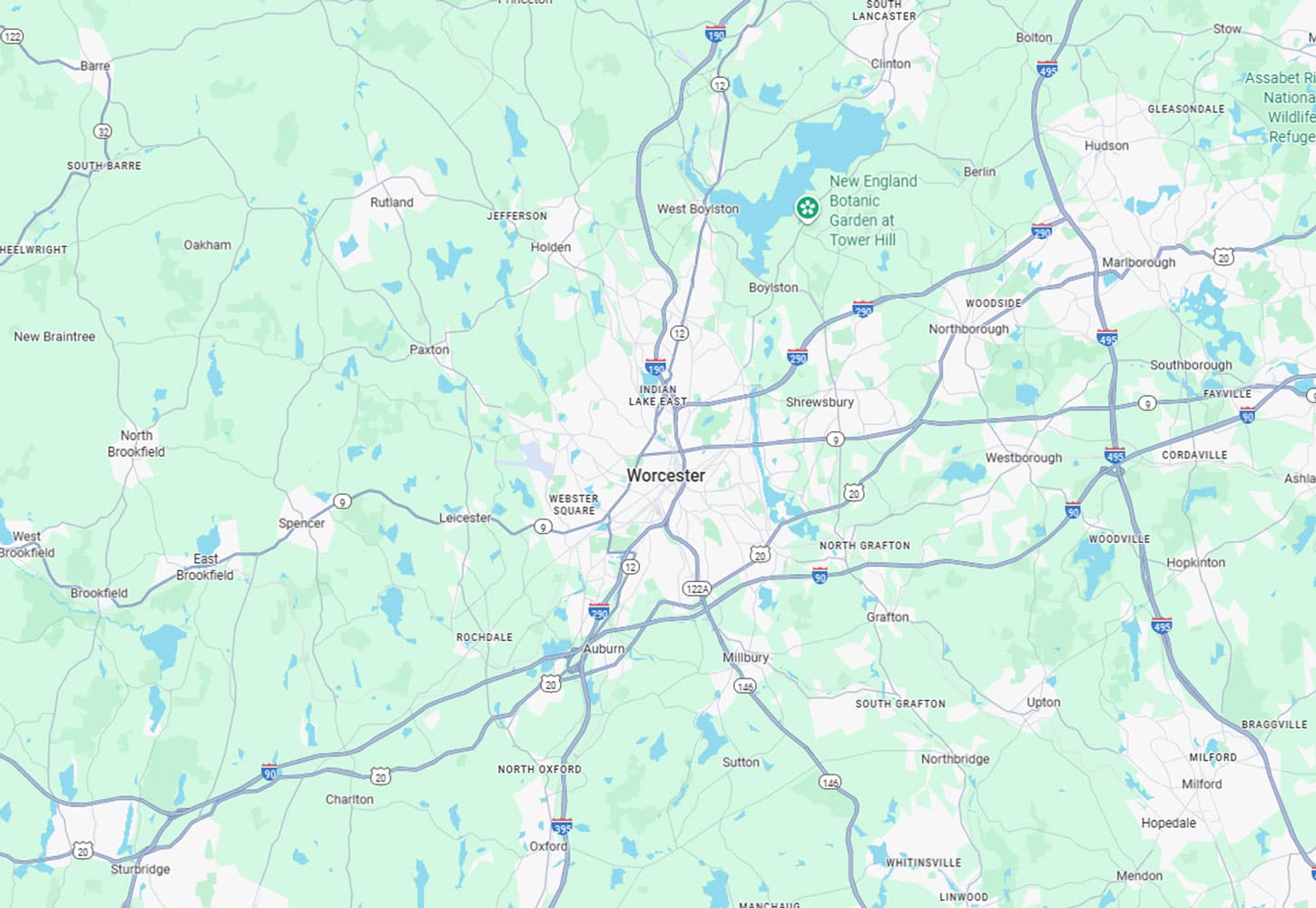
Proudly Serving Worcester & Central MA Communities
Best Deal Water Heaters is Worcester's top choice for water heaters, boiler installations, and plumbing services. Check out our service area below - if you don't see your Central Massachusetts community listed, give us a call at 774-249-9581 to find out if we provide coverage in your area.
